Description
Developmental Coordination Disorder (Dyspraxia) offers a complete introduction to this complex and often misunderstood topic. DCD (historically sometimes called ‘dyspraxia’) is a frequently under-detected condition. It mainly affects physical coordination but also impacts on many other areas of life. It is often seen as an ‘enigma’ as there is little consensus regarding definitions and terminology. This book dispels myths about DCD.
It looks at the issues, challenges and experiences commonly faced by a young person with DCD – and how parents, carers, teachers and schools can help. The book is part of the How to Help series of books which explores issues commonly faced by children and young people at home and at school.
Audience
Developmental Coordination Disorder (Dyspraxia) How to Help, Understand and Support Children and Young People is essential for parents and carers of children and young people living with DCD and dyspraxia; teachers, teaching assistants, educational psychologists, school senior management teams and other education professionals; DCD support groups; youth workers, group leaders and others interested in the socio-emotional development of young people.
Content
Part 1: Introduction
1. What is DCD?
2. Causes and consequences
3. Resources and assessment
4. IDEAS for effective support
Ten key things to know about DCD
Part 2: DCD in context
5. Motor skills and movement
6. Motor learning stages and underlying sensory systems
7. Visual perception
8. Sensory systems as a foundation for function
9. Cognitive skills and mental health
Part 3: Activities of daily living
10. Motivation and mobility
11. Dressing and chaining techniques
12. Shoes and clothing
13. Washing and grooming
14. Teeth cleaning and toileting
15. Eating and drinking
Part 4: Home and primary school
16. The parents and the home
17. Communication, play, leisure and games
18. Primary school
19. Literacy and Numeracy
20. Tools used in the primary classroom
21. Handwriting and hand dominance
22. Handwriting: process and product
Part 5: Secondary school
23. Secondary school
24. Basic ideas and IDEAS
25. Strategies for understanding, organisation and communication
26. Strengths in drama, music, art and design
27. Strengths in English, science and mathematics
28. Study skills and examinations
Part 6: Sport, exercise and independence
29. Physical activity and its importance
30. Movement, practice and feedback
31. Physical activity at school
32. Staying healthy
33. Travel, study and work
Part 7: Conclusion
34. Summary
35. A last word to parents and carers
36. A last word to teachers and schools
Authors
Susan LLoyd is an experienced occupational therapist and specialist teacher who has worked in the NHS, social services departments and independent practice in the UK, Denmark and Canada. Sue has worked with adults and children with a wide range of conditions as both a senior practitioner and manager. As a teacher, she has worked mainly with children with a range of neurodevelopmental disorders in schools, specialist learning centres and private practice. Sue has two adult daughters, both with learning differences and one with DCD.
Laura Graham is a paediatric occupational therapist working in independent practice. She is community based and works primarily within homes and educational settings with people with neurodevelopmental conditions that impact on performance and participation. Prior to setting up her practice Laura worked for many years in NHS community teams. She has two teenage children, one with a chronic medical condition and another with DCD.
Details
Publisher: Pavilion Publishing and Media Ltd
ISBN: 9781913414153
Publication Date: 30th May 2022


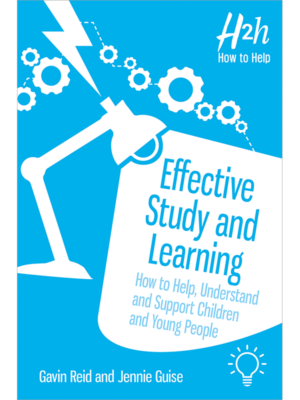
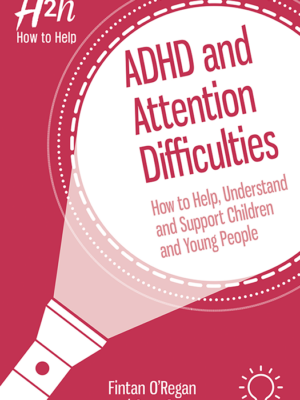
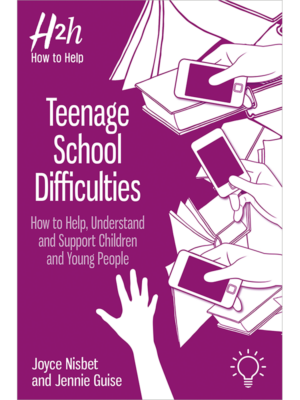
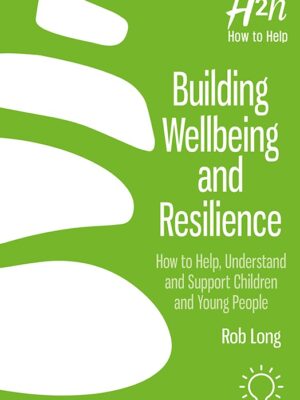
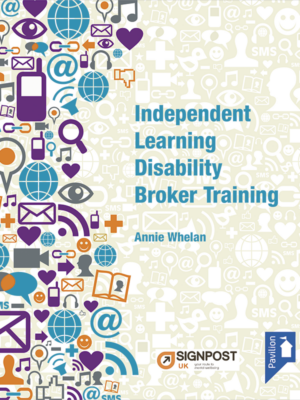
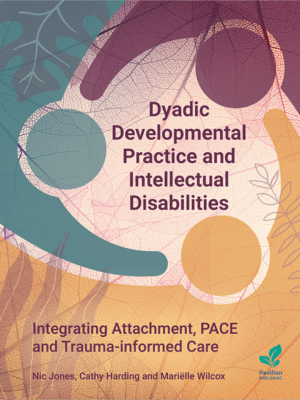
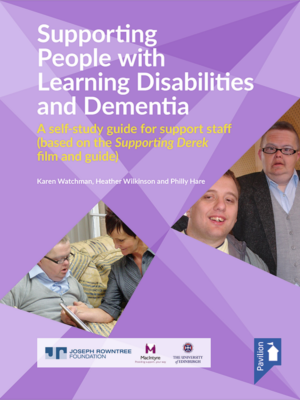
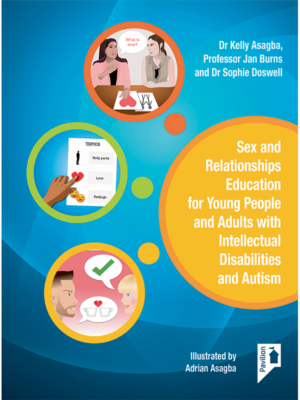
Patrick Sullivan, reviewed for Educational Psychology in Practice –
This book aims to provide a useful source of explanations, strategies, and resources to support needs arising from a diagnosis of Developmental Coordination Disorder (DCD). It includes information across different stages of the lifespan (that is, early childhood, adolescence and early adulthood) with links to key educational milestones (that is, primary and secondary education and further education) as well as issues pertaining to growing independence. The authors have designed the book as a toolkit, which enables readers to dip in and out of sections that are felt to be relevant at any particular time. As well as aiming to provide the context of DCD and specific challenges experienced at different lifespan milestones, the book offers a range of strategies to help manage or mitigate difficulties linked to DCD. The work is designed to be a resource for a range of people, including those who experience DCD; the parents/carers of those who experience DCD; and both educators and other professionals who may have an interest in this field.
DCD – How to Help is a concise yet comprehensive guide to DCD and the likely impacts on children and young people. It is structured in a clear and effective manner, meaning that individuals can read the book in its entirety or review sections which are of particular relevance to the reader at a given time (for example, reviewing the sections that are specific to either primary or secondary school years). The authors have provided an accessible text, managing technical language carefully by providing clear succinct explanations and examples. This makes the book potentially accessible to a wide range of readers. The authors provide a clear explanation of DCD in terms relevant to the UK context. Whilst DCD can sit within a medicalised model in terms of diagnosis, the authors approach DCD via a strengths-based approach as they draw on a holistic model of understanding the needs pertaining to DCD and possible strategies to support associated needs.
This book provides readers with a clear overview of DCD and the impact at varying stages of development. As well as providing examples of the difficulties faced by those who experience
DCD, the authors set out clear strategies for how to support individuals at various stages in their life. A holistic approach is adopted, providing both preventative and reactive strategies for readers to reflect on.
DCD – How to Help has the potential to be a useful resource for a range of readers, including educational psychologists in the field who are seeking to revise and enhance their knowledge.
It is also a helpful resource for educators and/or parents/carers of children and young people experiencing DCD. The concise, comprehensive and accessible format ensures that the book
can be used by a wide audience to positive effect.
Recommended for: the Service Library, teachers, parents
Style: practical, easy to read
Value: worth buying for yourself (and/or service)